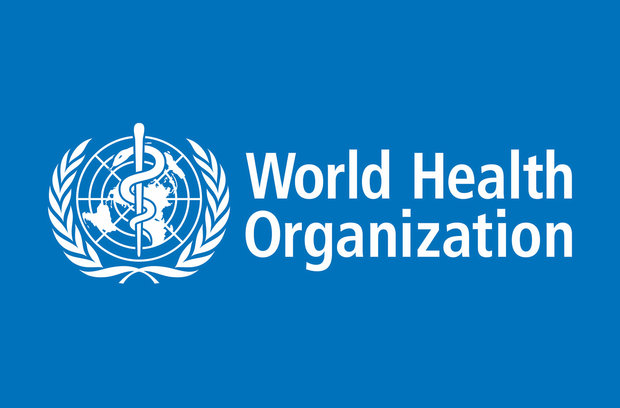Representatives and experts from the WHO offered at the Le Bourget Exhibition Center, venue of the Conference of the UN Framework Convention on Climate Change (cop21/CMP11), a press conference on the links among fighting climate change, air pollution and the health of people.
Over the last 50 years, human activities, particularly the burning of fossil fuels, have released amounts of carbon dioxide and other greenhouse effect gases enough to affect the global climate.
The atmospheric concentration of carbon dioxide, a gas that traps more heat in the lower layers of the atmosphere, increased by over 30 percent since the years before the Industrial Revolution.
The resulting changes in the global climate bring a range of health risks, such as increased mortality due to extremely high temperatures or the changing of distribution of infectious diseases.
The air pollution in houses and the atmospheric pollution each year cause 4.3 million and 3.7 million deaths, respectively.
Maria Neira, director of the Department of Public Health, Environmental and Social Determinants of Health of the WHO, stated that is necessary a binding agreement to slow down the pace of global climate change, extreme weather events and air pollutants that also warm the planet, as well as it needs to have a huge potential to save lives around the world in the coming decades.
According to reports by the UN organization specialized in health, climate change is the greatest threat to global health in this century, and thus a call to action was launched to raise awareness of the opportunities to improve health provided by the fight against climate change.
According to WHO's experts, the new agreement to be reached in Paris could be the one of biggest importance regarding health in 100 years, since it would not only give opportunity to stop global warming and its consequences, but it would also allow very important benefits for health, reducing health costs.
Climate change, they point out, influences the social and environmental determinants of health, such as clean air, clean water, adequate food and safe housing.
It is expected that between 2030 and 2050 this global phenomenon will cause about 250,000 additional deaths each year due to malnutrition, malaria, diarrhea and heat stress.
The cost of direct health damage (excluding costs in determining health sectors, such as agriculture, water and sanitation) is between 2,000 and 4,000 billion dollars by 2030.
Also, the reduction of emissions of greenhouse effect gases through better transport and the elections regarding food and energy use can lead to improvements in health, in particular through the reduction of air pollution.
On the other hand, extreme air temperatures contribute directly to deaths from cardiovascular and respiratory diseases, especially among the elderly. In the heat wave experienced by Europe in the summer of 2003, for example, an excess of mortality was recorded with 70,000 deaths.
High temperatures also lead to increased levels of ozone and other air pollutants that exacerbate cardiovascular and respiratory diseases.
Levels of pollen and other allergens are also higher in case of extreme heat. They can cause asthma, a disease affecting 300 million people.
Climate change will cause annually about 250,000 additional deaths between 2030 and 2050; 38,000 by exposure to heat by elderly people; 48,000 from diarrhea; 60,000 due to malaria; and 95,000 due to child malnutrition.
yor/abm/alb
PL-5/MNA























Your Comment